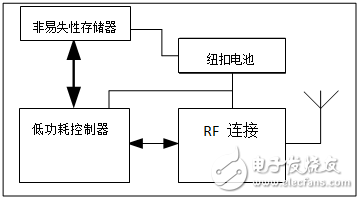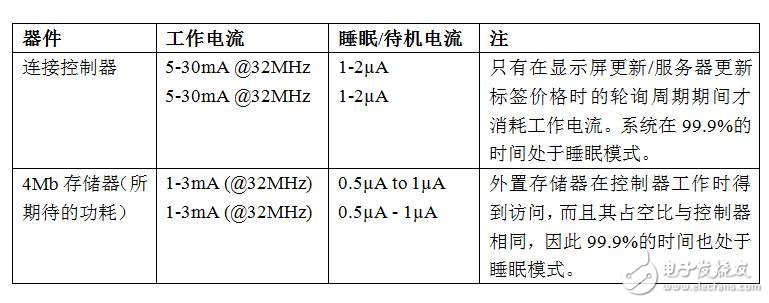Electronic shelf label (ESL) One of the daily tasks of a mall employee is to walk around the aisle and place the price and information tags on the shelf. For large malls that often carry out promotions, they update the price almost every day. However, with the help of Electronic Shelf Label (ESL) technology, this work is being transferred to the line. Electronic shelf labeling is a rapidly emerging and popular technology that replaces the paper labels that are replaced every week in the mall, reducing the amount of work and paper waste. ESL technology also eliminates the price difference between the shelf and the cash register, and gives the mall the flexibility to modify the price at any time. One of its long-term features is that it allows stores to offer customized prices based on promotions and specific customer shopping history. For example, if a customer buys a dozen eggs a week, the store can offer a subscription plan to encourage them to continue doing so. Â The simplest form of ESL consists of an LCD or electronic ink display, RF module, companion processor, coin cell battery, and low pin count memory (volatile and nonvolatile memory). Depending on the features required, the store can store price movements, purchase movements, and current inventory information in the ESL, then refresh the data in the central server at the end of the day. Using a low-power controller and memory allows the entire system to be powered by a small button battery and still work for years. Based on built-in connectivity options (usually BLE or Wi-Fi), the onboard memory doubles as a protocol stack storage space, bypassing the mall's central server and directly connecting to the user's handset. Â Figure 1: ESL label Due to the cost and endurance requirements of electronic shelf labeling (ESL), most ESLs will use low-end wireless controllers such as Texas Instruments' WIFI+Zigbee SoC (CC253X series). These controllers double as processing and connection units and include an electronic ink display, flash memory, and onboard RAM for creating and forwarding protocol packages. Flash memory is typically used to store boot code, which usually does not exceed a few megabytes. As a result, these devices rarely require external flash memory unless they require richer features and touch capabilities. However, widely used electronic shelf labels typically require an external RAM because 8KB - 32KB of onboard RAM is used to temporarily store code execution space and to store data used to form the protocol packets used in the next upload to the server. The onboard RAM limits the size of the packets formed in the device. Most of the power of the system is used to establish a base station connection. Once the connection is established, in order to optimize power consumption, the system should be able to upload the largest packet allowed by the protocol stack, and ideally, it should not be limited by the available storage space in the system. Â Using an external RAM is much simpler and more cost-effective than using a controller with a built-in high-capacity RAM. Since most controllers have a limited pin count, it is better if the memory can interact through the SPI interface. In addition, they need to support low power consumption in order not to seriously affect the overall power budget of the system. The table below compares the power consumption of a connected controller and an external memory. Â Table 1: Comparison of power consumption between connected controller and external memory
We are professional manufacturer of retro Bluetooth speakers,our retro speaker high energy density, mini size, light weight and diversified shapes;Excellent fast charging performance, support fast charging and other excellent features with a brand-new design, showing retro nostalgia without losing fashion. It uses a 2.5-inch speaker and has many functions such as FM radio, Bluetooth fast connection, multi-mode switching, and HIFI high fidelity. Wireless Bluetooth 4-10 hours of playback (at 50% volume), which adds to its unique charm. Mini Cute Retro Speaker,Speaker For Gift,Classic Speaker,Mini Cute Vintage Speaker Shenzhen Focras Technology Co.,Ltd , https://www.focras.com

For Bluetooth retro speakers, I personally think that when many people buy them, the appearance is the first priority and the function is second.
The sound quality of small vintage speakers is also good. It does not have the same large speakers and power as HIFI speakers, and its sound quality cannot compete with large speakers due to physical limitations. But for the vast majority of users who are not golden ears, the use of small speakers with tablets and mobile phones is sufficient to meet their hearing needs.